Did you know that there are more than 300 types of honey, each with its own unique flavor, color, and nutritional properties?
In this article, we will explore the top 21 different types of honey and their benefits.
By learning more about the different types of honey and their unique characteristics, you can make more informed choices about which type of honey to use in your cooking or which type of honey to consume for its potential health benefits.
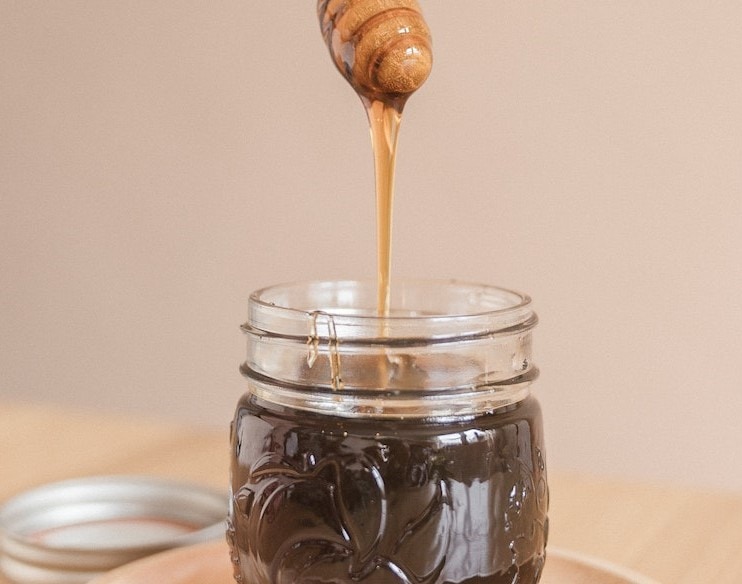
21 Types of Honey Worth Knowing
If you are looking to taste the different flavors of honey and their various benefits, it is best to try raw honey.
Honey, once it has undergone pasteurization, loses some of its distinctiveness and unique flavor. Most often, pasteurized honey, of whatever variety, tastes sweet but not uniquely sweet. Raw and unfiltered honey, as compared to pasteurized honey, retains its distinct flavor.
Familiarize yourself with the various varieties of honey and their origins to get a hint of what they would taste like.
Here are 21 types of honey:
Tupelo Honey
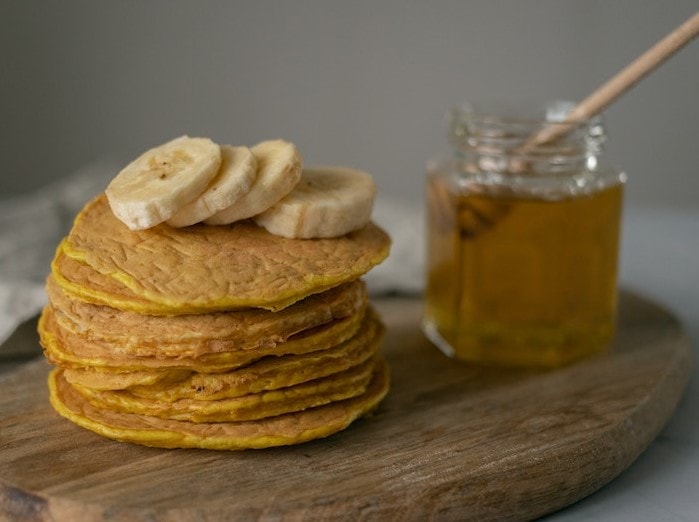
Famed as the “champagne of honey,” Tupelo Honey is premium honey from the flowers of the Tupelo trees. These trees thrive in the swamps of Southwestern Georgia and Northwestern Florida in the United States.
This honey has a light amber color with a hazy hint of green undertone. With a lovely balanced taste of sweetness and honey goodness, the Tupelo honey is one great addition to your barbecue sauces or drizzles over ice cream and pancake.
Rich in antibacterial and antioxidant properties that many kinds of honey provide, this honey has strong healing properties. With its high fructose content, it hardly crystallizes.
Manuka Honey
Manuka Honey is honey from New Zealand. The nectars to produce this honey are gathered by bees from the flowers of the Manuka bush, a native plant thriving in southern Australia and New Zealand.
In New Zealand, beekeepers cultivate the Manuka bush for honey. This is so as Manuka honey is rich in medicinal benefits and popular in the pharmaceutical industry. Manuka Honey has a higher MGO, and the higher the MGO, the more effective its antibiotic qualities are. Manuka honey is popular in supporting better digestion and boosting the immune system, helping relieve coughs and sore throats.
Thicker than the common table honey, Manuka Honey is darker and creamier with a hint of nuttiness. This goes well, taken daily as it is. It makes a perfect addition to teas, smoothies, or drizzles on toast, yogurt, and other desserts too.
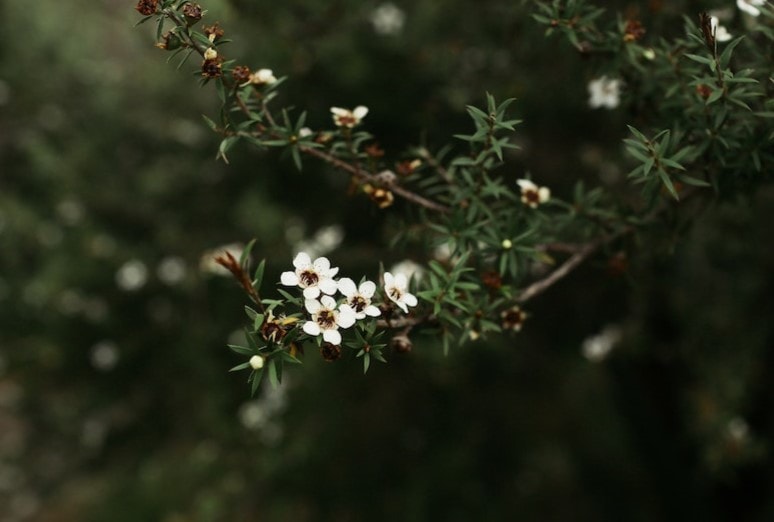
Clover Honey
Originating from Canada and New Zealand, Clover Honey has become more available in many parts of the world and is one of the popular honey varieties. Depending on the location, its color ranges from watery white to a light amber color.
Clover Honey has anti-inflammatory properties with its high amounts of flavonols and phenolic acids. Hence, it supports lung and heart function to enhance the nervous system.
A favorite variety of many honey lovers, the Clover Honey is pleasingly mild in taste. It has a floral sweetness and just a tinge of a sour aftertaste. This honey is a perfect choice as one of the ingredients in baking and cooking recipes, salad dressings, and light sauces.
Buckwheat Honey
Buckwheat Honey is popular in Northern American states and in Eastern Canada, where buckwheat flowers thrive.
This honey boasts a robust and spicy flavor that is useful for marinades. Buckwheat honey also works great in making mead due to its resemblance to molasses. This variety is perhaps the strongest and darkest among other honey varieties, with a pungent aftertaste. Hence, it is rarely used in teas or in drizzles, or even in baking and cooking.
Rich in iron and high in antioxidants, Buckwheat Honey has properties for the treatment of anemia, coughs, and sore throats and promotes lower cholesterol levels. It is often used as a topical solution for wounds and skin care.

Wildflower Honey
Wildflower Honey is honey produced from the nectar of undefined flower sources around the world. Honey bees that forage in a vast array of local wildflowers produce this honey.
Due to the varieties of nectar sources, this honey variety can come in colors ranging from very light to dark and flavors from subtle to fruity to tangy and rich.
It is known to fight seasonal allergies and works as a natural sweetener in juices and teas. It makes a great drizzle for pancakes and a good sugar substitute in cooking and baking.
Sourwood Honey
Sourwood Honey is produced in the Appalachian Mountains, stretching from Southern Pennsylvania to Northern Georgia, where sourwood trees grow.
This high-quality honey is amber in color with a buttery, caramel taste yet with a slight note of anise aroma. It makes it perfect to be eaten raw and plain, as a spread on toast and other freshly baked goodies. This is a great honey one can enjoy after a meal to cure a sweet tooth craving.
Sourwood Honey has antibacterial properties similar to most honey. Its health benefits also include acting as antioxidants to help maintain overall well-being and are believed to provide allergy relief.
Orange Blossom Honey
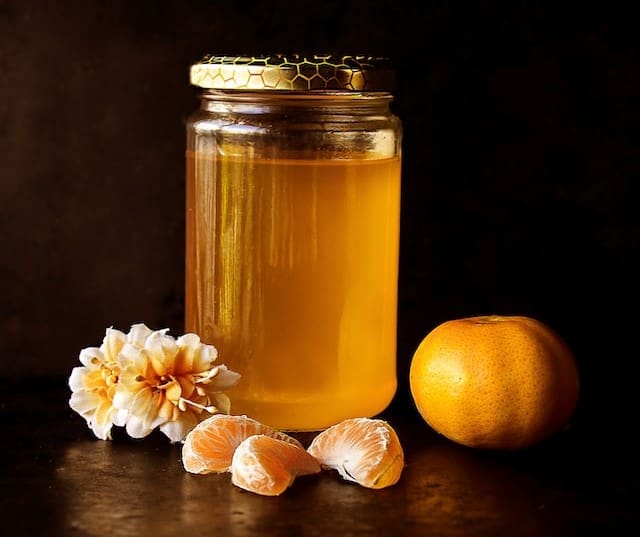
Originating from Spain and Mexico, Orange Blossom Honey is now produced in the United States in places with warmer climates like Southern California, Texas, and Florida and is more commonly available.
This honey variety comes from a hive where the collected nectars were gathered from many citrus plants. This popular honey is light in color with a fresh, mild citrus scent and flavor, creating a unique, pleasantly fruity taste.
Orange Blossom Honey boasts a high level of natural antioxidants with anti-inflammatory properties, which support the immune system. It is a good addition to any healthy diet in order to protect you against the free radical damage that can lead to chronic diseases.
Acacia Honey
Light and clear in color, the nectar source for Acacia Honey is collected from the blossoms of the Black Locust in North America and Europe. Pale-looking and glass-like, it has a pure, faintly floral flavor for a traditional classic honey experience. Its sucrose content is lower than its fructose content, allowing this honey to stay longer in its golden liquid state.
The low sucrose component of Acacia Honey also makes it a great choice for diabetics who need to steer away from the high glucose levels found in some honey.
Known for its therapeutic action, Acacia Honey cleanses the liver, regulates the intestine, and has anti-inflammatory and antioxidant properties.
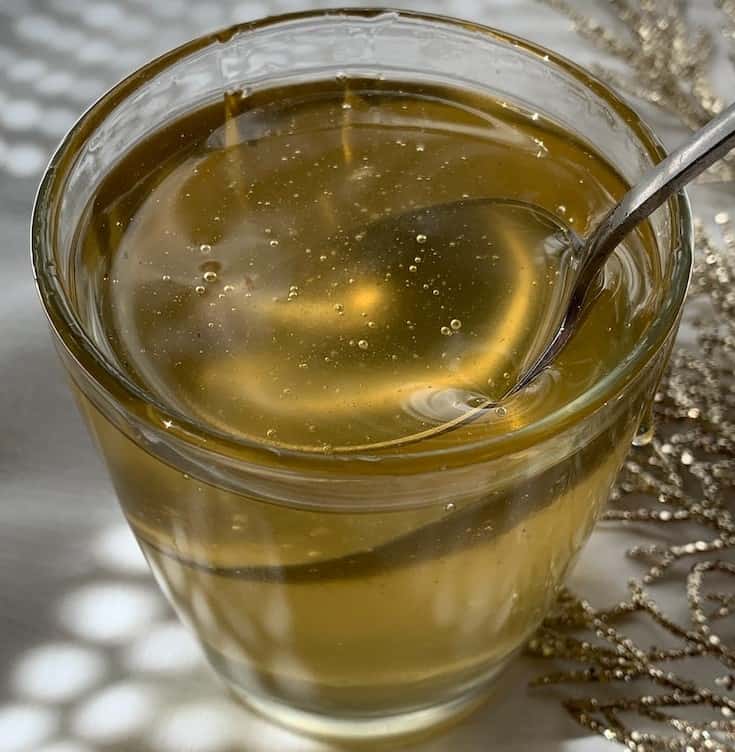
Avocado Honey
Used as a dark sweetener substitute, people have resorted to Avocado Honey as a replacement for their baking needs. With its bold sweetness with earthy undertones of molasses, this variety is predominant in Mexico and California, where Avocado trees abound and blossom all the way during the warm season.
This honey has a high concentration of vitamins, minerals, and antioxidants, making it an effective topical solution on cuts and burns to hasten the healing process. Claims have professed that the high mineral content in this honey helps prevent anemia. It also has antioxidant polyphenols, which aid in combating the harmful effects of free radicals in the body and boost the immune system.
Blueberry Honey
Light to dark amber in color, Blueberry Honey is produced in New England and Michigan. Extracted from the flower nectar of the blueberry bush, it has a thick texture with a pleasing aroma. With a slightly fruity honey flavor and a buttery finish, it has a hint of tanginess inherent in blueberries.
At home, it makes a great spread on biscuits and toast and pairs well with bold blue cheeses. It’s a perfect sweetener for granola and sweet drizzles on yogurt and fresh fruits.
Blueberry honey is often used to fight off bad bacteria with its anti-bacterial and antioxidant powers. It also helps boost the immune system and wards off colds and the flu as well.
Eucalyptus Honey
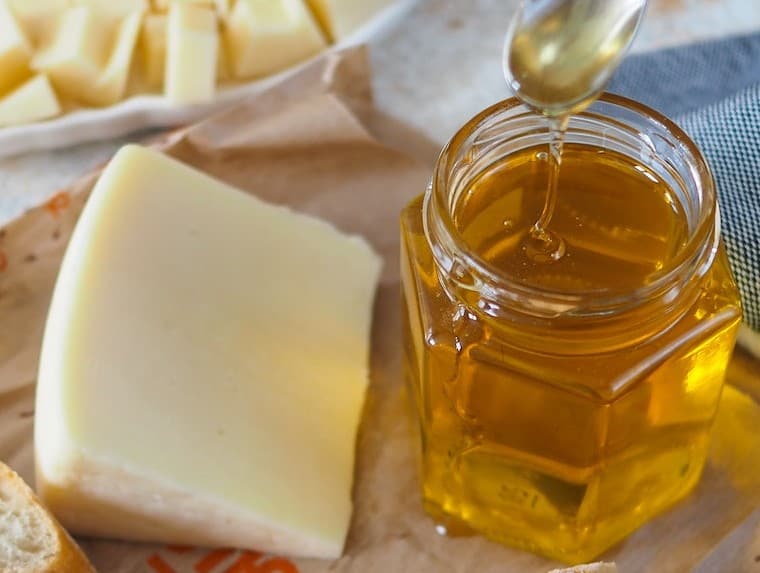
Getting its flavor from eucalyptus plants where a hive may be strategically placed, Eucalyptus Honey originated from Australia. Nowadays, Eucalyptus Honey production has expanded in California as well. It has a dark amber color and a moderate aroma.
This honey is a eucalyptus floral variety with a persistent herbal flavor and a slight hint of menthol aftertaste. It lends itself well to enriching dressings for salads and also goes well with tasty cheeses. Its taste goes well with tea and fruit juices, too.
Some of the medicinal properties of Eucalyptus Honey include fighting off inflammation, healing wounds, and cough and congestion relief.
Fireweed Honey
After a forest fire, you may have noticed the first tall perennial herbs to sprout and grow from the scarred land. Those are fireweed and are prominent in the open woods of the Northern Pacific states and Canada. When they bloom, bees gather nectars from them to make Fireweed Honey.
Fireweed Honey is translucent in color. It tastes sweet and somewhat buttery with subtle, tea-like notes. It makes a great option for gourmet cooking, baking, and grilled dishes, as well as in marinades and glazes.
Just like most honey varieties, it has antioxidant and antibacterial properties that can boost the immune system.
Heather Honey
This honey variety comes from the nectars gathered from the heather plant, which mostly thrive in the moors of Scotland, Ireland, and other countries in Europe.
Heather Honey is less sweet than most of the other honey varieties. It has a strong, pungent flavor that borders on being bitter in a good way. This bold taste goes well with its thick, rich amber color and works remarkably in meat or seafood dishes. Hence, it is a great addition to your smoky marinade for cooking up a gourmet summer barbecue or as ham curing.
Among the varieties of honey, Heather Honey is known to be the “the Rolls Royce of honey” in the United Kingdom. It is the European honey with the highest levels of phenolic acids, known to prevent cellular damage. Hence, it is great for countering illnesses and diseases as serious as heart disease and cancer.
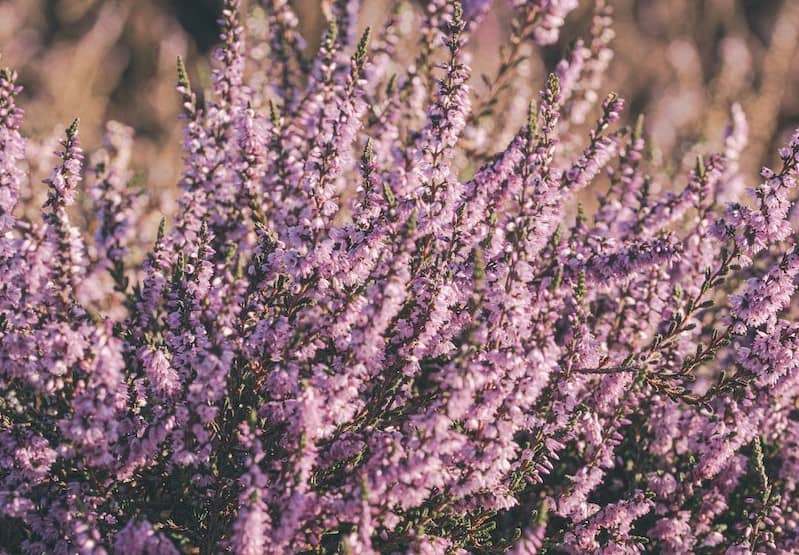
Sage Honey
The generally light-colored Sage Honey comes from California. This honey comes from the nectars of the sage plant, which grows abundantly in California. With a predominantly sweet, clover-like flavor and floral aftertaste, this honey crystallizes slowly. Hence, some honey sellers and commercial bottlers mix this with other varieties that solidify quickly to achieve a balance of liquidity.
Sage Honey has antibacterial, antioxidant, and expectorant properties. Thus, many believe that it aids in digestion and may help fight diabetes.
Blackberry Honey
Blackberry Honey is prominent in Europe and in California and Florida in the US, where the blackberry bushes love to thrive. Sometimes referred to as “bramble honey,” the nectars to produce the honey come from wild blackberry bushes rather than cultivated ones.
The Blackberry Honey has a deep and rich flavor, which is fruity, crisp, and sweet with a slight berry tang. It is medium to dark amber in color, with a smooth texture and a thick and viscous appearance.
This may be the perfect choice to pair up with your breakfast goodies and a natural sweetener for teas or lemonades.
The blackberry fruit has high levels of antioxidants, which are also inherent in the blackberry honey, with added vitamins to fight off bad bacteria.
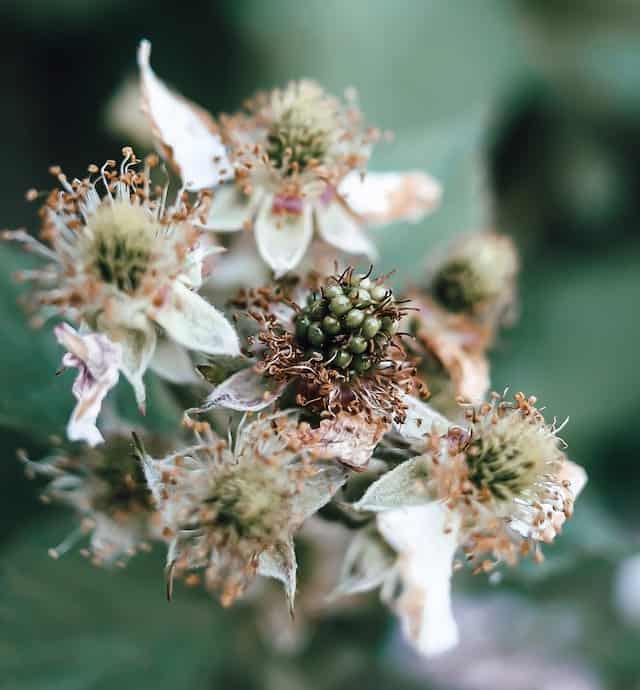
Linden Honey
The Linden Honey comes from the flowers of the Linden tree, which grows in moist and clay soil commonly found in Europe. The tree bears clusters of yellow-white fragrant flowers that a worker bee would get easily attracted to bring to his hive.
This light-yellow honey is delicate and delicious, with a hint of herbs and fresh wood in its aroma. Linden Honey is perfect for including among your ingredients in desserts, as a tea sweetener, and as an ideal pair for tasty cheeses.
One of the most medicinally rich varieties of honey, Linden Honey is a perfect sweetener for before-bed herbal tea. There are claims that it has sedative qualities. Hence, it alleviates cases of anxiety and insomnia. Naturopaths have been suggesting this honey for colds and coughs, and to relax and detoxify the body.
Alfalfa Honey
Coming from the Alfalfa flowers, Alfalfa Honey is available extensively throughout Canada and the US. This honey is light amber in color and is popular as table honey.
It has a mild spicy note, floral aroma, and sweet taste. Honey enthusiasts prefer eating it straight out of the jar, although Alfalfa Honey is more prominent as an ingredient in baking and as a sweetener in teas, lemonades, and smoothies.
Rich in probiotics, it is rich in healthy bacteria that aid in digestion. This honey is also a good choice as a sugar substitute for people with anemia, diabetes, and fever.
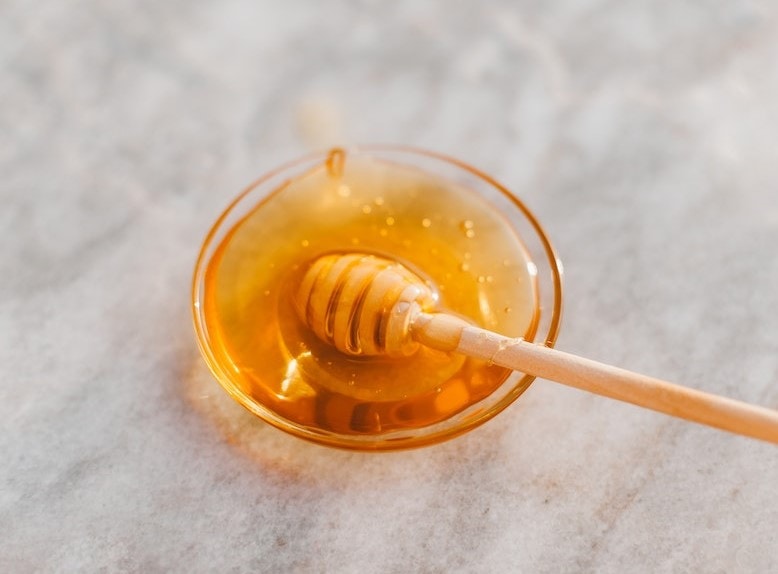
Jarrah Honey
Native to West Australia, the Jarrah tree produces a bunch of flowers that a bee loves kissing to gather nectars to bring to its hive. Pollen and nectars in the hive become Jarrah Honey.
Amber-colored, this honey has a nutty malt flavor. It is a great addition to any recipe with its smoothness coupled with its healing properties.
This honey has a high level of hydrogen peroxide, making it an effective topical solution for wounds, cuts, and burns. It also makes it an effective antimicrobial agent.
Palmetto Honey
Palmetto Honey is rarely available beyond Florida, Georgia, Alabama, Louisiana, and South Carolina in the United States. It takes an army of bees and plenty of mature trees just to produce enough of this honey to be available locally.
Palmetto Honey has a rich, robust, sweet, and smoky taste with citrus and caramel undertones. This honey variety is more commonly dark amber in color.
Due to its sweetness, this honey is one you can easily use as a sugar substitute in teas. Its smokiness also makes it a great ingredient in homebrewing beer or making mead.
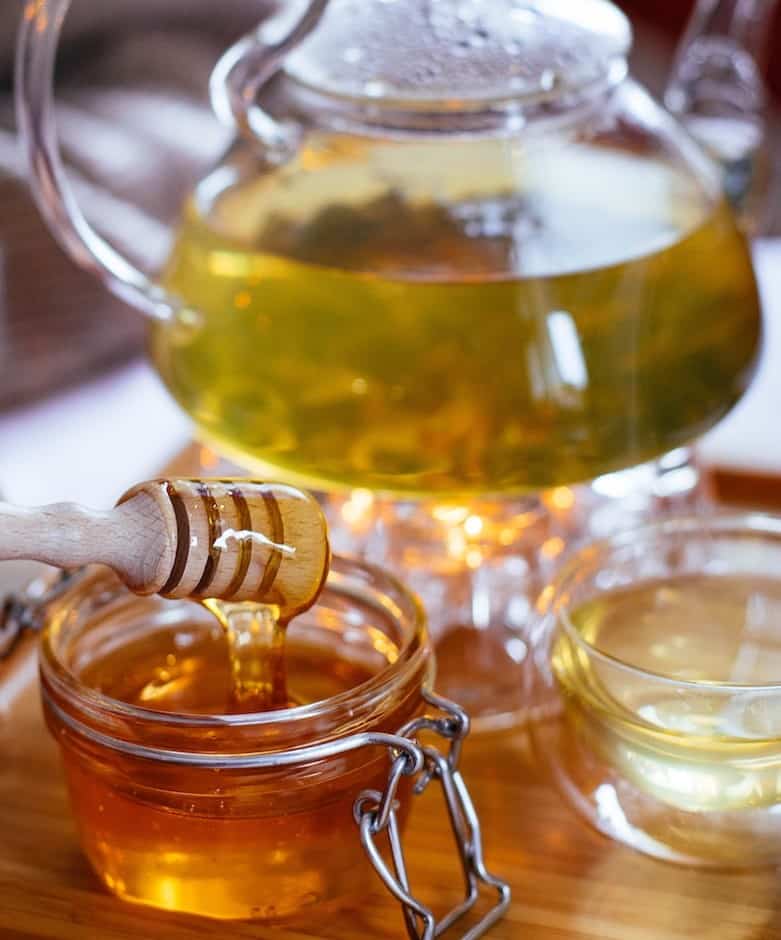
Leatherwood Honey
Leatherwood Honey, produced from the nectar of the flowers of the Leatherwood plant, is endemic to Tasmania.
Smooth and creamy in texture, the Leatherwood honey is bright yellow in color. Fresh citrus and floral scents compliment its balsamic smell. With a creamy and buttery taste with a hint of spiciness aftertaste, this honey is a pleasure to eat as it is.
Just like other honey varieties, this honey supports the immune system with its antioxidant agents.
Lavender Honey
Lavender honey is a type of honey that is gaining popularity for its unique flavor and potential health benefits. The nectar used to produce this honey is collected by bees from lavender plants, and its distinct taste and aroma come from the natural essential oils in the lavender flowers.
Lavender honey has been used for centuries in traditional medicine, and recent research has started to shed light on the potential health benefits of this raw honey.
One of the most notable benefits of lavender honey is its antioxidant properties, which can help protect the body from damage caused by free radicals. It also has anti-inflammatory and antibacterial compounds that may help promote wound healing and soothe digestive discomfort.
Additionally, lavender honey has calming and relaxing properties, and consuming it before bed may help promote better sleep.
Why are there Different Types of Honey?
So, how come honey comes in different varieties? And how do they differ?
These honeys are sourced from different nectar sources.
The overall experience you would get in tasting these honey varieties differs. Each honey has its one-of-a-kind flavor, which makes it different from other varieties.
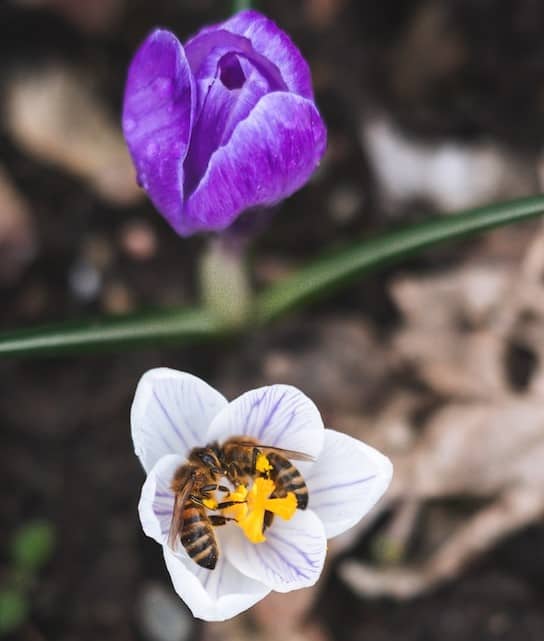
Generally, based on its floral source, there are two categories of honey. The flower from which the nectars used to produce these honey varieties determines to which category they belong.
Honey bees visit specific blossoms when foraging for food. The various nectars from different flora influence the taste of the resulting honey.
Honey may be classified as monofloral or polyfloral.
Monofloral honey refers to one which is a product of nectars of one specific flower. In contrast, polyfloral honey refers to one produced from the nectars gathered from multiple species of flowers.
Discover the Vast Selections of Honey
And that’s it!
At this point, you might be wondering what’s the best kind of honey.
There is no definite answer to these questions. It depends on what you need it for and how you want the taste to be.
Packed with complex flavors, you can elevate your dishes and recipes by infusing them in your delectable sweet or savory meals.
For a wholesome solution with more potent therapeutic applications, you can further enhance your knowledge about multi-floral honey types. Miraculously, honey has almost no hazardous effect, and if you store it correctly, you will be able to extend its shelf-life for a really long time as it does not go bad easily.
Next time you shop around for a bottle of liquid gold, be bold and try the other many varieties of honey. Treat yourself to the sweet marvel beyond what you are familiar with and appreciate the nuances of these honey varieties.
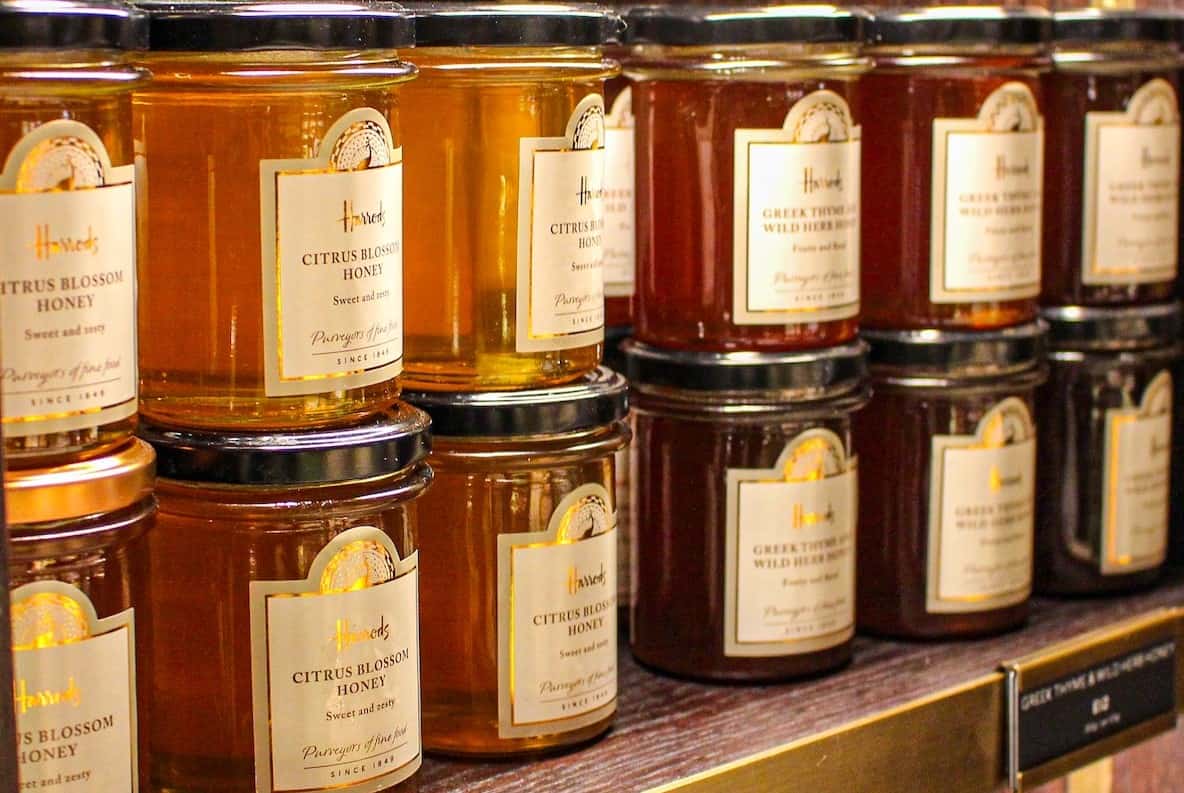
I miss chesnut honey in this collection. Chesnut honey has an amazing flavour. It almost tastes like caramel.
The best honey that I have tasted in my life is if coffee blossoms. The smell and the taste of coffee blossom honey is something unique.
Can anyone advise me, where can I get coffee blossom’s honey.